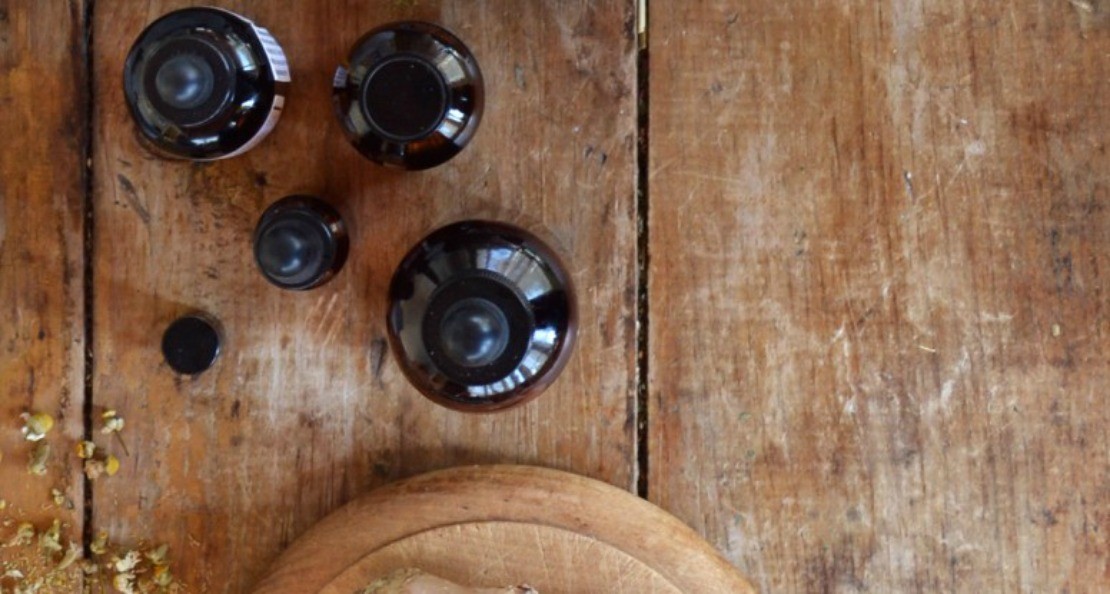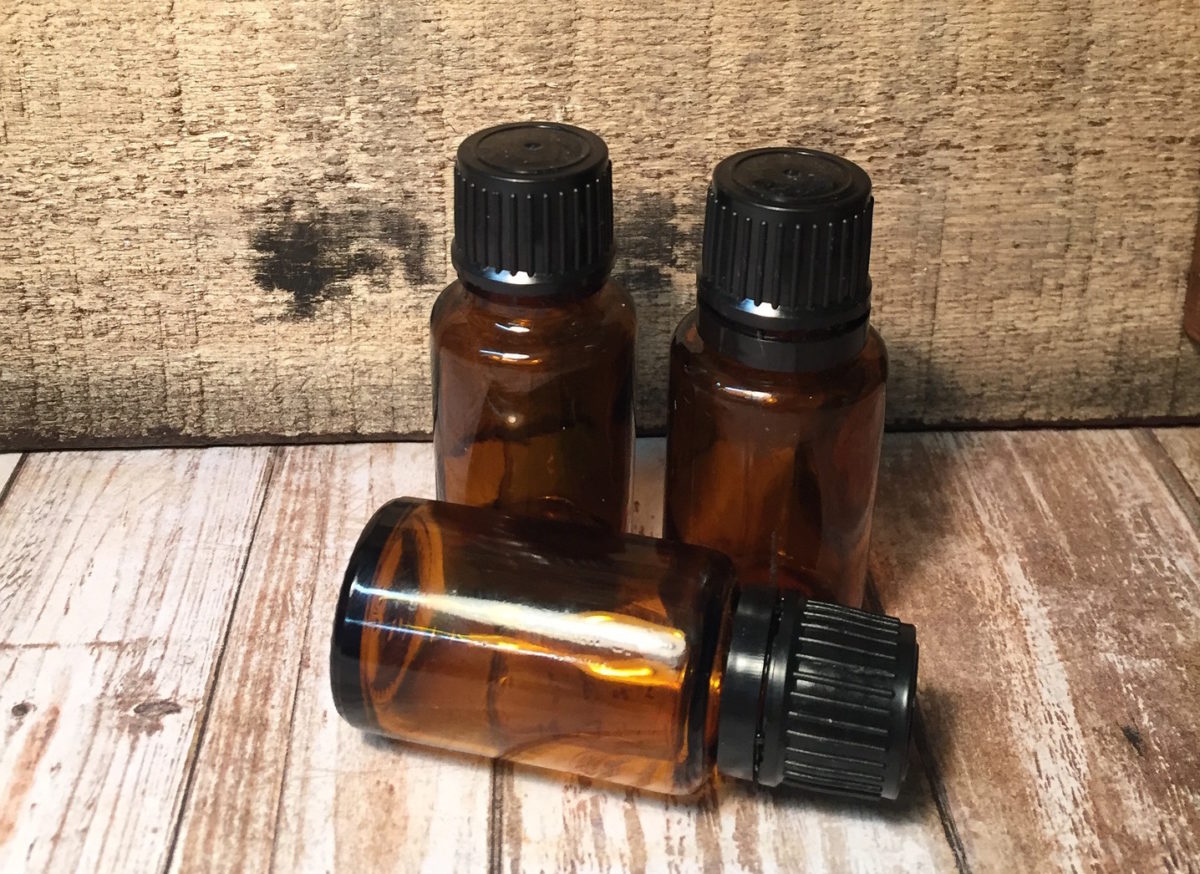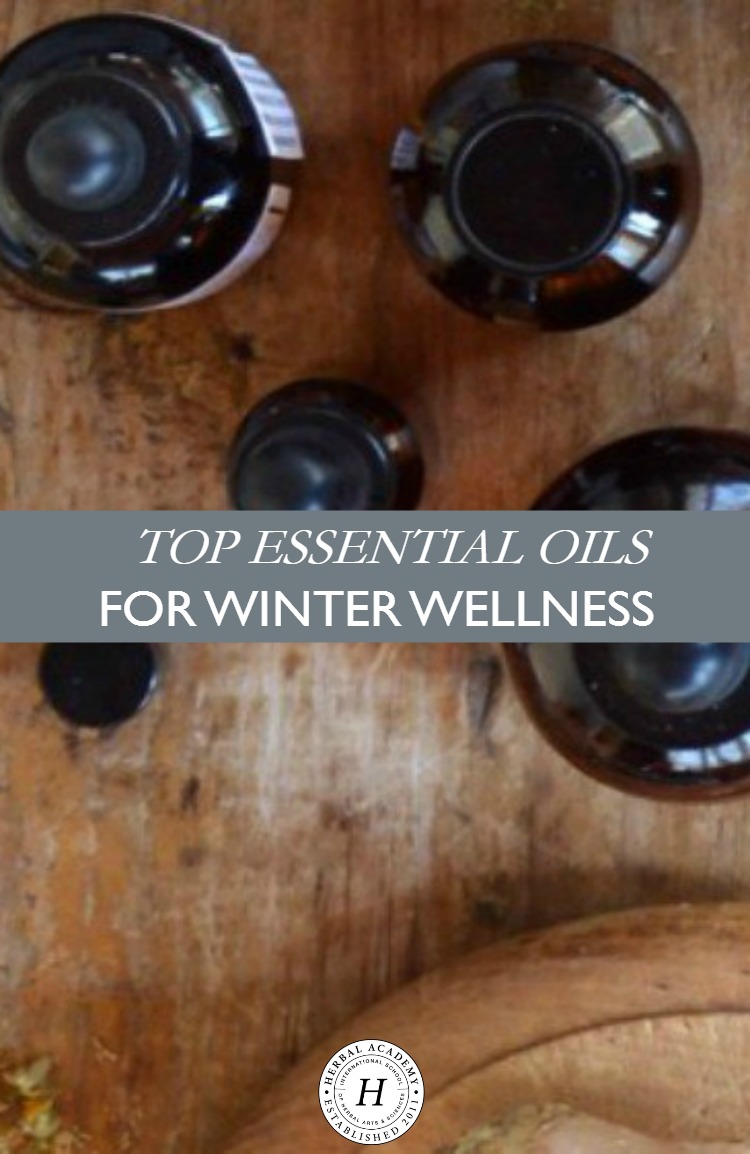
Top Essential Oils for Winter Wellness
Cool crisp air. Snowflakes floating down. Children laughing during a snowball fight. A fire crackling in the fireplace. Salvation Army kettle bell ringers. Door wreaths and garlands. Candles. Reds, blues, yellows, greens, and silver. Hot cocoa and hot tea. Snuggly blankets. Sneezing. Coughing. Stuffy nose. Seasonal Affective Disorder (SAD).
Winter can be a beautiful time to sit back and enjoy the beauty of the season, but it is also a time for colds and flu. What are the best essential oils for winter wellness—to maintain the beauty of the season without the possible discomforts?
Using Essential Oils For Physiological Support
Virtually all essential oils have some antimicrobial properties, but winter is the season of the virus—which is particularly difficult to combat. Viruses are impossible to “kill”’ because they are not “alive” to begin with—which is why antibiotics do not work against them. Most antiviral essential oils are effective against various forms of the herpes virus, not cold and flu viruses, and antiviral essential oils also work best before the virus has a chance to enter the host cells and replicate there, causing the disease.
While there is no research to show that essential oils can stop a flu in its tracks, there are several wonderful things they can do.
Citrus oils are known to get rid of germs in the air (Valnet, 1982) and can support the immune system and immune response, while several other essential oils are famous for their affinity for the respiratory system and their ability to ease some of the symptoms of cold and flu. Two of the most famous of these is peppermint (Mentha x piperita) and Eucalyptus (usually E. globulus). These oils can be very strong and can overwhelm some respiratory systems, especially those of young children. An alternative for peppermint is spearmint (Mentha spicata) and a gentler species of Eucalyptus is E. radiata. Eucalyptus in any form needs to be used with caution, in low concentration, and kept away from the faces of young children, as is also true with other oils that are high in 1,8 cineole, also known as eucalyptol. Tea tree (Melaleuca alternifolia) is another appropriate choice when talking about essential oils with antimicrobial properties.

What About Other Key Essential Oils?
This is a time of year, appropriately, that conifer essential oils really shine. The Cupressaceae and Pinaceae families are perfect go-to oils for upper respiratory support. They can also help bring the aroma of the outdoors into our homes at this time when we may be stuck inside more than we would like. These oils are usually high in alpha- and beta-pinene, as well as other constituents that support the respiratory system.
Rosalina (Melaleuca ericifolia), black spruce (Picea mariana), and Inula (Inula graveolens) are especially wonderful essential oils for winter wellness. Each of these oils is high in respiratory-supporting constituents, but also has another important constituent in significant quantities to warrant special notice. Rosalina has a linalool chemotype, making it preferable for children, pregnant women, and for use at night when you want to sleep. Both black spruce and Inula are high in esters, particularly bornyl acetate, which is also wonderful for calming the nervous system (Matsubara et al., 2011). Inula is probably the most highly praised respiratory essential oil, but it is also extremely expensive and difficult to acquire, which is why it is not on everybody’s “must have” list. Inula’s chemistry can vary significantly based on its geographical growing location, but the Inula from Corsica and Greece seem to be higher in esters, especially bornyl acetate, on a fairly consistent basis.
Plant Energetics
From an energetics perspective, essential oils that are distilled from leaves are particularly appropriate when fighting off respiratory attacks. The leaves are the organs on a plant by which the plant exchanges oxygen and carbon dioxide, just as our respiratory system does, making them perfect energetic blending partners. Peppermint, spearmint, conifer, rosalina, and Eucalyptus essential oils, for instance, are all distilled from the leaves of their respective plants.

Using Essential Oils For Emotional Support
One of the most wonderful things about essential oils is their ability to affect emotions directly when they are inhaled. Their chemical constituents are able to go directly from the nose to the limbic system part of the brain and have a direct and immediate effect on emotions. There have been many research studies conducted to demonstrate how several essential oils, the most famous of which is lavender, can alleviate anxiety, but essential oils can also be generally uplifting and help with other wintry types of emotions.
Season Affective Disorder (SAD) affects roughly three million people in the United States every year. It is a type of depression that usually starts sometime in the fall and improves sometime in the spring and ranges in severity from feeling more tired and possibly grumpy to serious, clinical depression. Light therapy is one of the simplest tools one can use to combat these negative feelings. Several essential oils can also be used in diffusers, aromasticks, on aromastones, in personal cosmetics, and in the bath to help people feel better during the darker months. When SAD is deep-seated and affects a person’s ability to function, it is important to seek professional medical and/or counseling assistance, but essential oils can also be used in conjunction with most medical or psychiatric interventions. (If medications are prescribed, be sure to check for drug interactions before using essential oils.)
Recently, I was at an aromatherapy conference, and a lady with whom I was speaking said she used lemon myrtle (Backhousia citriodora) for SAD. Robert Tisserand recently wrote an excellent article on using essential oils for SAD. Even in the winter, you need to be careful and adhere to dilution limits when using citrus oils topically due to their phototoxicity. FCF bergamot, (furanocoumarin-free or bergapten-free bergamot) is safe to use in all topical preparations, while regular cold pressed bergamot must be diluted to no more than 0.4% to be used on the skin. Either that, or make sure that the skin on which bergamot has been applied is not exposed to sunlight or a tanning bed for at least 24 hours.
Less Common For Emotional Support
My personal experience has been that any aroma that a person enjoys can be therapeutic on the emotional level. This opens the door to using many other essential oils for winter wellness.
Rose otto (Rosa damascena) may be helpful for someone who loves flora aromas. Rose also comes as an absolute, which is often less expensive than the essential oil. Another absolute to consider is Vanilla (Vanilla planifolia), which also comes as a CO2 extract. FragoniaTM (Agonis fragrans) essential oil may be able to break through emotional blockades and bring back feelings of peace. This may be an essential oil to try this winter, especially since it also has an affinity for the respiratory system and can help with those upper respiratory challenges we may also face during this darker time of the year. It also has an effect on our biorhythms, helping alleviate jet lag and difficulties with shift work during the holidays (The Paperbark Company, 2008).
How to Best Use Essential Oils For Winter Wellness
Methods of essential oil inhalation are best for both emotional and respiratory concerns. Think of using diffusers, aromasticks, aromastones, and steams. Topical use in the form of chest rubs, massage oils, and perfumes can also be helpful. For a lovely base recipe to which essential oils can be added, try this Wintertime Herbal Infused Whipped Body Butter Recipe.
With the many essential oil choices you can use both through inhalation and topically, you can be well-prepared for everything from shoveling snow to snuggling up in a cozy blanket in front of the fireplace. Remember your conifer and leaf essential oils, along with the citrus family of oils for all-around winter wellness, as well as favorite, comforting essential oils for emotional support. Be sure to check out the recommended reading selections below for other tools and techniques to make your winter a healthy, cheerful one.
Recommended Reading
11 Essential Oils for Dry Skin
Safe & Powerful Alternative “Thieves” Blends for the 1%
4 Reasons Thyme is an Herb for Winter Health

REFERENCES
Matsubara, E., M. Fukagawa, T. Okamoto, K. Ohnuki, K. Shimizu, & R. Kondo. (2011). (-)-Bornyl acetate induces autonomic relaxation and reduces arousal level after visual display terminal work without any influences of task performance in low-dose condition. Biomedical Research, 32(2), 151-157.
The Paperbark Company. (2008). Fragonia – An overview. Retrieved on 21 November 2016 from https://judysatori.com/wp-content/uploads/2013/10/Fragonia-An-Overview.pdf
Valnet, J. (1982). The practice of aromatherapy. (R. Tisserand, Ed.). Rochester, VT: Healing Arts Press.








